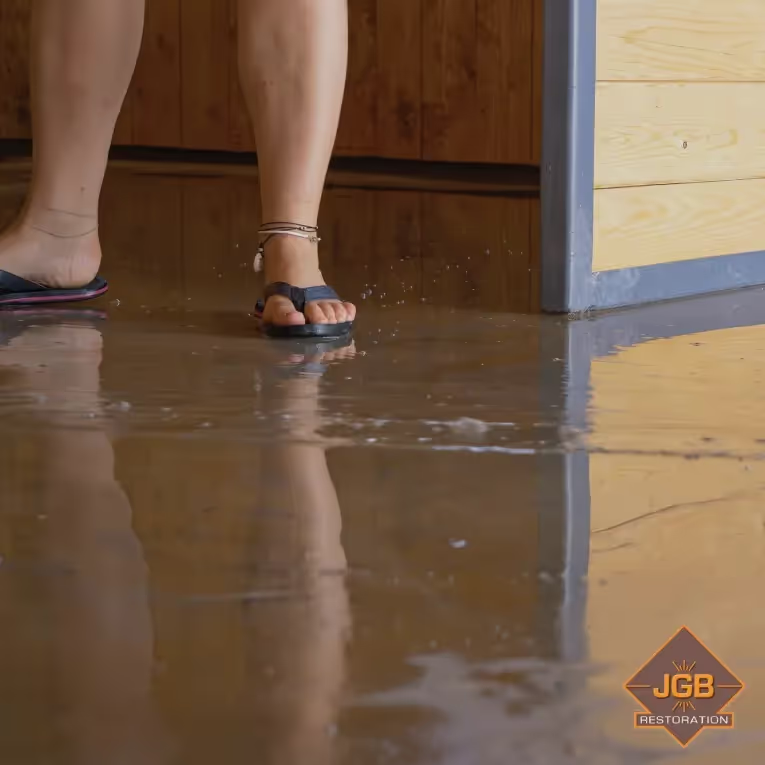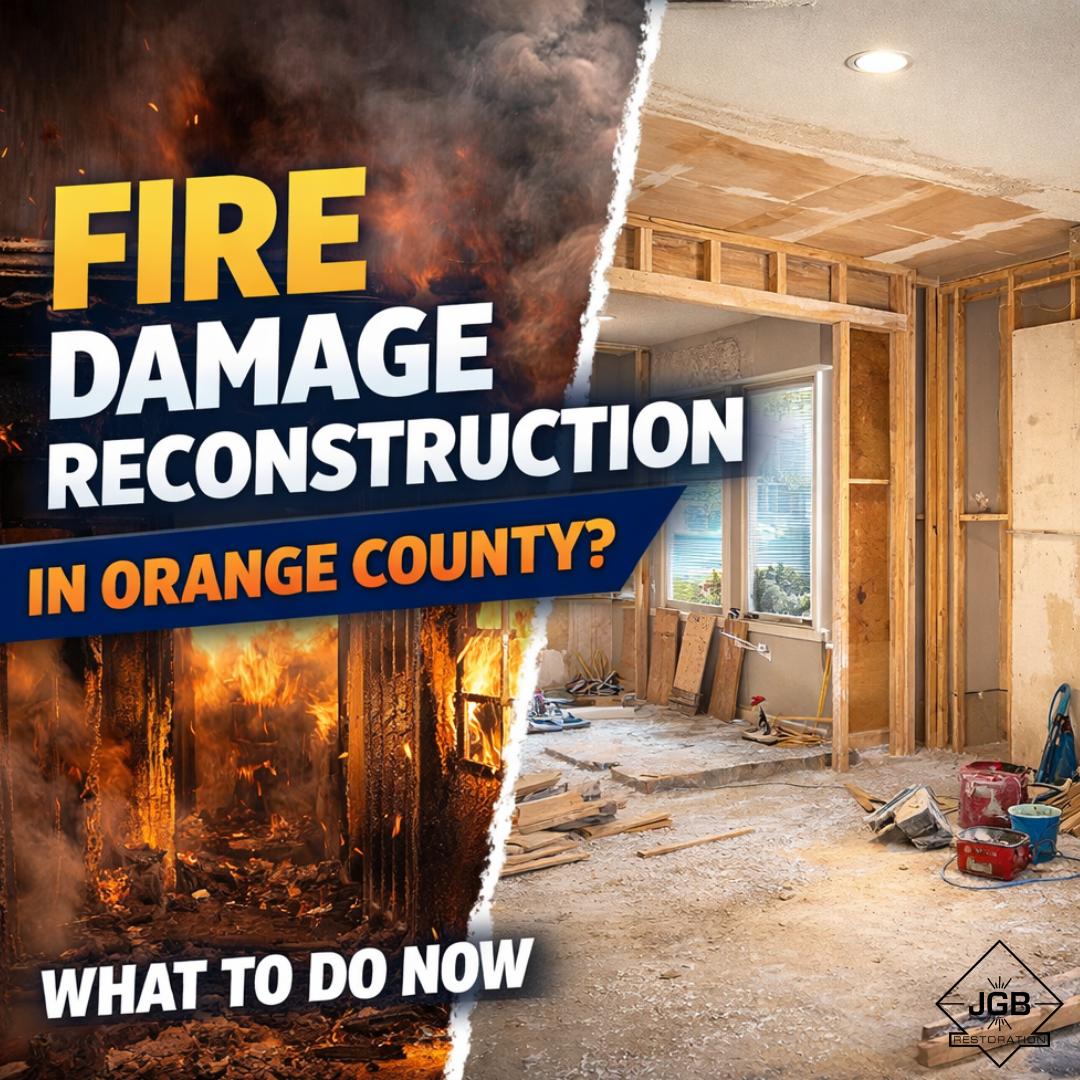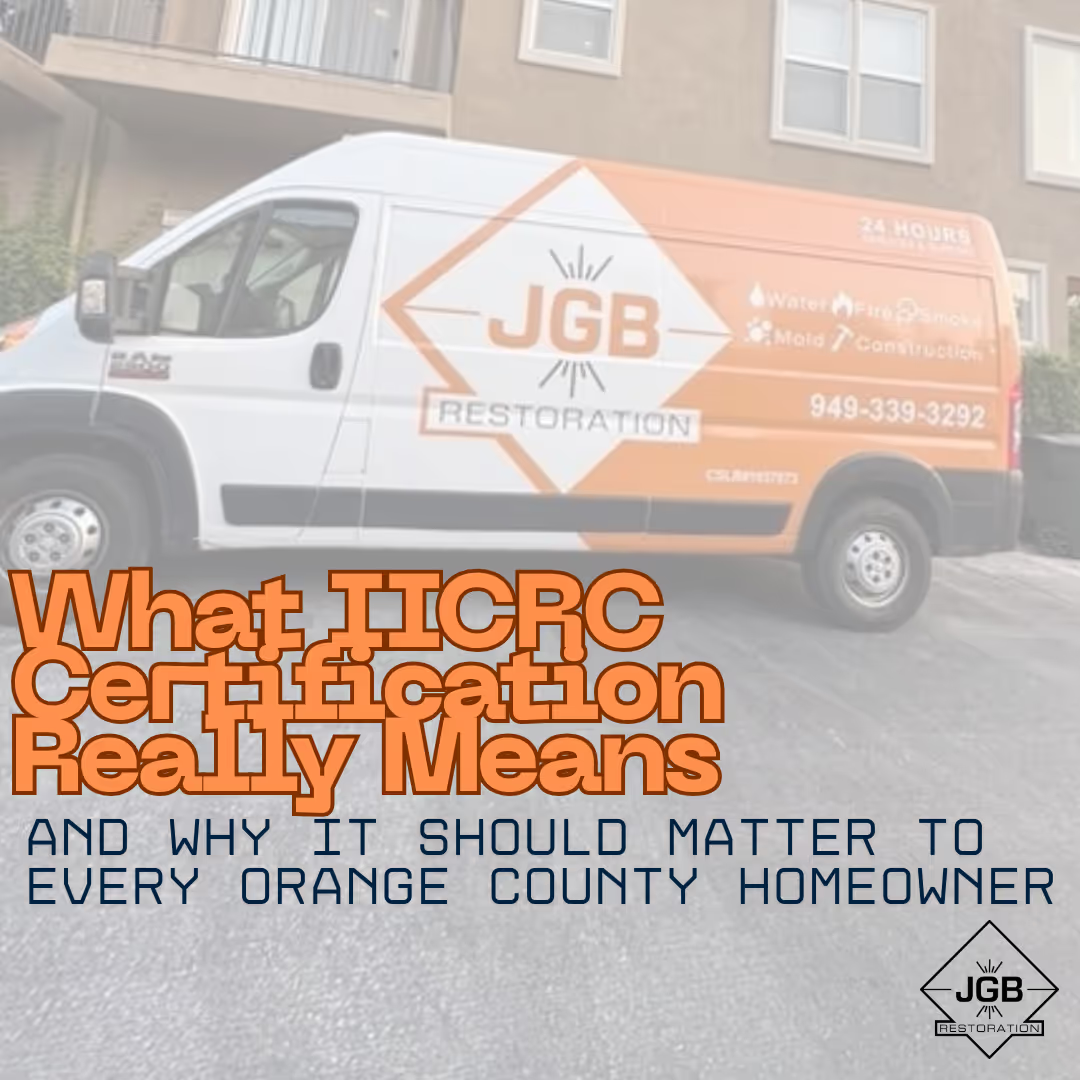If you've experienced a fire, you know that water is often involved in putting out the flames. The fire has already damaged most of your belongings and you probably have to deal with smoke damage on top of that. What you forget about when it comes to fire damage is that because of the water used, you may also experience flooding or water damage in the property. This threat is often forgotten, but is a risk you should be aware of.
The Risks of Flooding after a Fire
Firefighters use gallons of water to put out fires, but where does that water come from? Depending on the area and the property, most of the time it’s from a fire hydrant or fire truck. Sometimes, during wildfire situations, firefighters may be forced to use water from brooks and creeks, which causes flash flooding. The debris and junk left over from the fire mixed with the flowing waters leads to mudflows. Mudflows and flooding are very dangerous, and shouldn’t be overlooked when dealing with the post-fire damages.
Fire Sprinklers and Water Damage
Fire sprinklers are designed to put out fires, and those sprinklers continue to disperse water until smoke is undetected. Depending on the severity of the fire, fire sprinklers produce lots of water that stays in the affected area. The property may experience flooding from the sprinklers. Fire sprinklers also malfunction and cause water to get into the walls and ceilings of your home or office space. This leads to long-term water damage and mold damage if not properly treated. If you know your building used fire sprinklers to put out a fire, you may need flood damage restoration services as well.
Mudflows and Large Amounts of Water
A mudflow is a type of debris flow caused by heavy amounts of water, oftentimes rain water. As stated previously, mudflows are dangerous, especially in areas with steep hillsides, because the flow reaches up to 45 miles per hour. Mudflows cause damage to homes and infrastructure, as well as bury roads and bridges under tons of debris. Fires leave lots of debris to be pulled and swept away by water. If you know there are wildfires in your area, be aware of potential mudflows as well because of firefighting efforts.
Flood Damage vs. Fire Damage: Which is Worse?
While the fire itself may damage your home, flooding is often much worse. It is very difficult to remove water from your home unless you’re an experienced and trained professional. The flood damage restoration process also includes disinfecting the area because flood waters are often contaminated. Plus, before the fire damage is even able to be remediated, you have to deal with the cleanup from firefighting efforts. Unfortunately, when you deal with fire damage, you usually have to deal with flood or water damage as well. The combination of fire-damaged properties and water used to put out the fire create one giant restoration project that would be better suited for the professionals, like us at JGB Restoration.
If you experience fire and/or water damage, contact our emergency restoration team today. We are the team in Tulsa to trust with all your fire-damaged and water-damaged remediation needs. Don’t let the risk of flood damage after a fire stress you out! JGB Restoration has your back.




